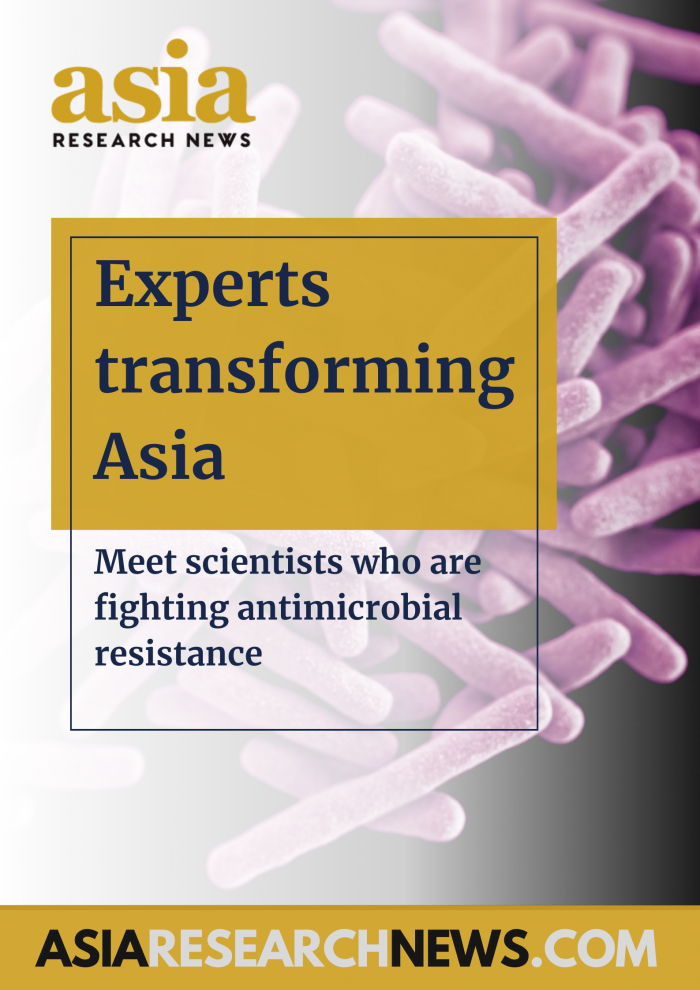Get the news in your inbox
Scientists at the National University of Singapore have created a tiny “tattoo” on fish scales that can be used as encrypted messages. The heat-treated scales fluoresce under UV light, which can be used to show numbers or letters. These fishy encrypted messages can be used to create authenticity tags that are difficult to copy by counterfeiters, and they also encourage upcycling discarded fish scales.
We’ve seen studies that confirm microplastics are found in many sources of water, but good news: researchers from Guangzhou Medical University and Jinan University found that boiling hard water, followed by filtration, removed up to 90% of nano/microplastics. This simple method offers a feasible way to reduce human exposure to plastic contaminants in drinking water.
Researchers at the University of Shanghai have created a storage device with DVD-like dimensions but a huge 1.6 petabits of data. With data density 4,000 times that of Blu-Ray, it can hold a century’s worth of movies. This device could be help transform data storage and minimize the size of data centers.
Fingerprint detection is a technique used to collect evidence at a crime scene, but the harsh chemicals are bad for the environment, people and even the evidence itself. A new technique for lifting fingerprints using water-soluble sprays inspired by jellyfish was developed by scientists from University of Bath and Shanghai Normal University. These dyes glow under blue light, offering safer, faster, and more effective detection.
Humans have a deep relationship with music, with all cultures having one form of the art. KAIST researchers wanted to understand the how music is processed by our brains. The team created artificial neurons to mimic human auditory cortex and then stimulated them with different sounds. Some of the fake neurons responded to musical sounds more than non-musical sounds.
A Chinese-led team featuring the Huazhong University of Science and Technology, the University of Science and Technology of China, and the University of Auckland, developed an efficient and durable electrolysis system that could take us a step further towards a carbon neutral future. The system takes CO2 and transforms it into formic acid, a useful chemical, by using a solution and a catalyst. The team say that old parts of batteries can be used in this system, also promoting battery recycling.



